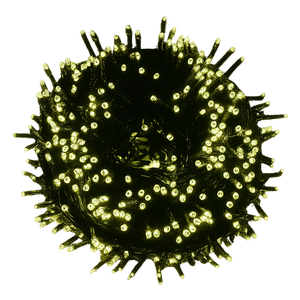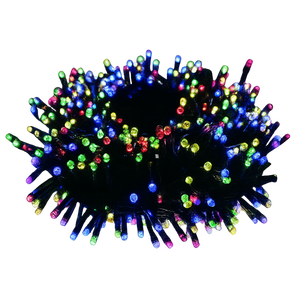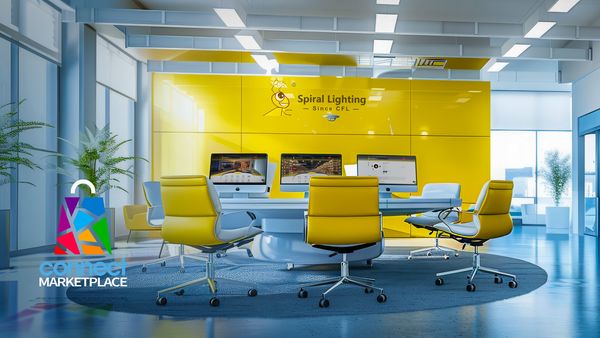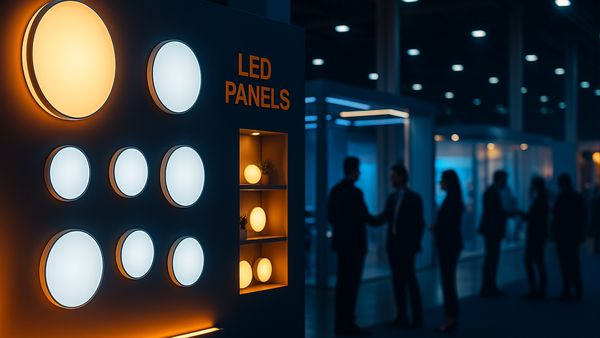How to Maximize Holiday Sales with LED Christmas Lights
LED Christmas lights are a top-performing seasonal product for wholesale buyers. With smart inventory planning, balanced White and RGB assortments, and effective marketing strategies, distributors and retailers can boost holiday sales, improve margins, and build stronger customer loyalty.
Practical Tips for Distributors and Retailers to Boost Christmas Light Sales
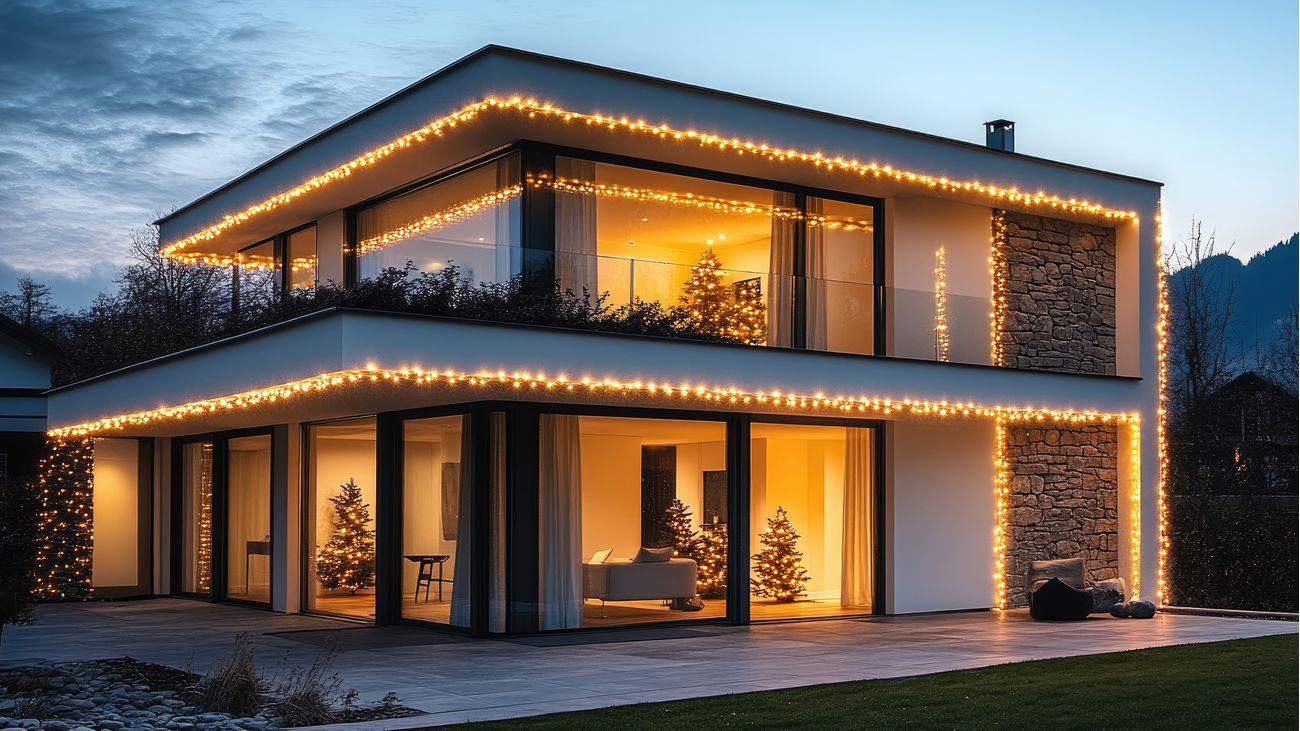
Seasonal lighting is one of the highest-velocity categories of Q4. With the right product mix, inventory plan, and marketing execution, LED Christmas lights can deliver strong sell-through, low returns, and repeat customers. This guide distills practical steps for wholesale buyers and retail operators, using White and RGB ranges as the core assortment.
1) Understand the Demand Curve and Build a Timeline
- August–early September: Finalize forecasts, confirm purchase orders, packaging, barcodes, and compliance labeling (EU/US market requirements).
- Late September: Inbound logistics and QA checks. Photograph products and prepare digital assets for e-commerce.
- October: Pre-sale campaigns, B2B allocation to key accounts, merchandising kits to stores. Train staff.
- November: Peak sell-through. Push endcap placements, bundles, and omnichannel promos around key dates.
- December: Replenish fast movers by week 1–2; pivot to gift and party positioning by mid-month. Plan clearance window after the 25th.
2) Inventory Planning and Forecasting
Build a simple, defensible forecast:
- Baseline: Last year’s unit sales × expected growth (store count, online traffic, category expansion).
- Mix targets: Start with White 60–70% and RGB 30–40% in conservative markets; flip the ratio for event-driven or younger demographics.
- Safety stock: Hold a small reserve for week-46 to week-48. Prioritize top SKUs for replenishment.
- Case packs: Align MOQs and case sizes with planogram spacing to minimize backroom overstock.
3) Product Mix Strategy
- Good/Better/Best: Entry (value white string), mid (dimmable white or basic RGB), premium (app-controlled RGB or extended length).
- Indoor vs Outdoor: Specify IP rating on shelf and online. Outdoor SKUs should be clearly marked and weather-resistant.
- Lengths & power: Offer multiple lengths and power options (plug-in as core, USB/battery for décor flexibility).
- Accessories: Timers, extension leads, clips, and spare connectors increase basket size and reduce returns.
4) Best-Selling Bundles for Wholesale Programs
- Classic Home Starter (White): 3× white strings (medium length), 1× timer, 1× clips set. Position for apartments and small homes.
- Party & Events (RGB): 2× RGB strings, 1× controller or app-ready unit, 1× extension. Target cafés, bars, event planners.
- Outdoor Ambience Kit: 2× outdoor-rated white strings, 1× weatherproof timer. Promote for terraces and storefronts.
- Retail Endcap Assortment: 60% White, 40% RGB across three lengths plus timers and clips. Pre-boxed for fast setup.

5) Merchandising That Converts
- Live demo: One powered sample of White and one of RGB with clear “Warm White vs RGB” signage.
- Planogram clarity: Group by length and color temperature/effect. Use large icons for indoor/outdoor and length (m).
- QR codes: Link to a 30-second install video and safety tips. Reduce return rates by setting expectations.
- Impulse add-ons: Place timers, clips, and spare connectors at eye level near strings.
6) Pricing and Promotions
- Tiers and margins: Keep clear steps between Good/Better/Best; protect premium margin with added value (length, app control, warranty).
- Early-bird incentives: Wholesale discounts for October delivery; bundle pricing for endcaps and online kits.
- Key dates: Time offers around major shopping weekends and local festive events; maintain a small “evergreen décor” line for year-round sales.
7) Marketing Playbook for B2B and Retail Partners
- Content kit: Provide product photos, short videos, spec sheets, and ready-to-use captions for social and email.
- Use cases: Show before/after for windows, terraces, and shopfronts; include idea boards for cafés and hotels.
- Sustainability angle: Emphasize LED durability and lower energy use compared to legacy lights.
- Local partnerships: Support retailers with in-store workshops or mini displays for community events.
8) Operations, Quality and Compliance
- Market compliance: Ensure required marks and documentation for EU and U.S. markets are present on packaging and listings.
- Barcoding & labels: EAN/UPC, clear length, color, indoor/outdoor spec, power type, warranty, and safety icons.
- QA checks: Sample testing on arrival, instruction clarity review, and cable/plug verification.
- Returns policy: Clear window and conditions; swap defective units quickly to retain goodwill.
9) Post-Season Strategy
- Sell-through review: Identify top performers by length and effect; adjust next year’s mix early.
- Clearance plan: Bundle slow movers with accessories; shift RGB to party décor positioning for New Year events.
- Storage & prep: Keep a small evergreen stock for weddings, patios, and hospitality clients.

Quick Checklist
- Finalize forecasts and mix by early September
- Confirm packaging, labels, barcodes, and compliance
- Order demo kits and merchandising assets
- Publish product pages with clear indoor/outdoor specs
- Launch bundles and schedule promotions by October
- Replenish top SKUs in early November
- Run post-season analysis and lock next year’s plan
With disciplined planning, a balanced White/RGB mix, impactful merchandising, and smart bundles, distributors and retailers can maximize holiday sell-through and margins. For tailored recommendations on assortment, packaging, and endcap programs, contact our sales team to design a seasonal plan that fits your market.


